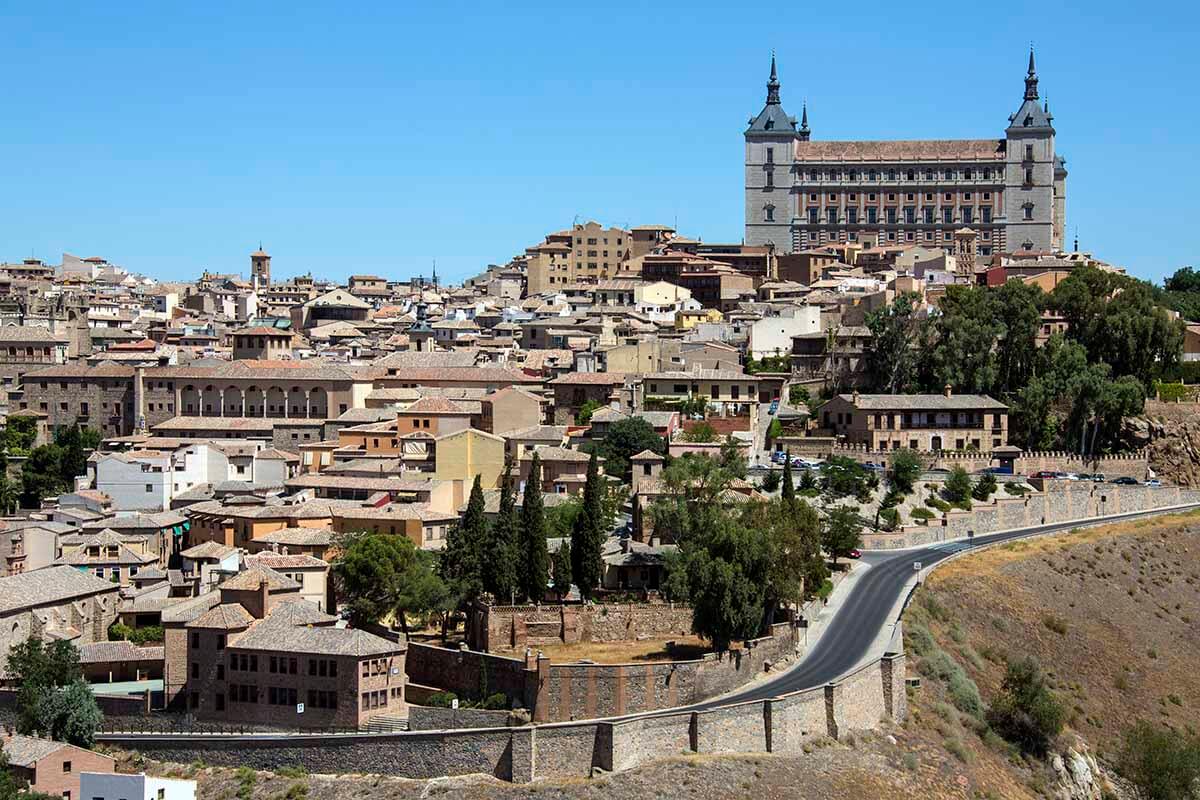
Before investing in real estate in Spain, the buyer needs to conduct some research. The first task would be to identify the risks associated with the purchase of a housing unit. In addition, it would be necessary to take action to prevent future problems. The investor will save money and receive the anticipated profit on time with the help of a risk assessment.
Content:
- International Investment Attractiveness of Spain in the Real Estate Market
- Common Risk Factors When Buying Real Estate in Spain
International Investment Attractiveness of Spain in the Real Estate Market
Houses and apartments in Spain are considered among the most investment-attractive properties on the international market. The following factors should be emphasised as reasons why local residential and commercial properties attract the attention of overseas buyers:
- Strong economy. 70 of the top 100 multinational corporations are based in Spain. It is one of the countries in the world that receives the most foreign direct investment. The Spanish economy surpassed other EU countries in many areas in the period from 2020 to 2022 as a result of the local government’s prompt response to the COVID-19 outbreak.
- Developed infrastructure. The country’s geographical location makes Spain a strategically important transportation hub. This sunny country boasts the most significant highway and motorway system in the EU, two of the busiest airports in Europe, and an extensive network of high-speed railways. Spain has naval access to the EU, North Africa, Latin America, and the Middle East, which plays a key role in the development of the shipping industry and container ports.
- Attractive real estate market. In Spain, the percentage of the foreign population is constantly rising. Today, there are more than 2.8 million ex-pats living in the country. The Spanish Ministry of Tourism predicts that more than a million foreigners will build houses on the Spanish coast in the next six years. Spain continues to be a popular country both as a permanent residence and a resort destination because of its pleasant climate, relatively low cost of living, and great connectivity to the rest of the world.
High housing demand in some locations provides high returns from renting accommodation out.

Common Risk Factors When Buying Real Estate in Spain
There are two types of risks that a potential buyer of apartments and houses in Spain faces: physical risks and legal risks. The most typical of them are shown below.
Physical Risks
Physical risks include:
- Soil contamination. After a change in city regulations, a region in Spain that has long been used for industrial purposes may now be suitable for housing. It is recommended that buyers conduct an environmental study to determine the level of soil contamination before buying real estate on such sites. This is crucial because the property owner may be held responsible if soil contamination is discovered later. This can lead to unpleasant consequences such as the need for restoration and land cleanup expenses.
- Invalid property boundaries. To pay a fair price for the acquired land and avoid disputes with neighbours in the future, hire the service of a surveyor. Despite having maps and graphic information, property cadastral data in Spain may be incorrect since the mapping is based on digitised aerial photographs, which are an inaccurate border system. The precise boundaries of a land site can be determined by a surveyor’s measurement.
- Poor condition of the constructed property. The buyer should check a move-in-ready property for construction defects before making a purchase. If there is any doubt about a unit’s quality, it is best to contact a specialist in finding hidden defects like cracks and dampness. The developer is responsible for any structural issues that occur in a newly constructed building or in a resale property that is less than ten years old.
Legal Risks
Below are several key recommendations to assist the buyer in reducing their legal risks:
- Before purchasing a plot of land for construction, you should request a Nota Simple from the Land Registry to confirm the ownership (to ensure that it is registered in the name of the person claiming to be the owner) and check for encumbrances (mortgages, pledges, lease agreements, etc.).
- According to the most recent amendment to the Spanish Building Law, which was made in July 2015, any amount paid before the developer obtains a construction licence is not protected by law. Therefore, the buyer should confirm that the developer has a construction licence before signing any agreements or transferring any money to the developer.
- Before acquiring a newly-constructed home, it is also necessary to check whether it has the first licence for use or whether the process of obtaining the licence is still going. You also need to make sure that the developer has provided the compulsory damage insurance required by the Spanish Building Regulations Act.
- In the case of buying a secondary house, the seller should obtain a valid certificate of ownership. Additionally, it’s crucial to confirm that no one else is living in the housing unit or renting it out. If the unit has been rented out, then the tenants will be able to reside there during the whole period specified in the contract, despite the change of ownership. The Spanish Rental Law gives certain tenants the priority rights to purchase a residence where they live if it is put up for sale. As a result, it is important to specify in the sales contract that the residential property is not rented out.

